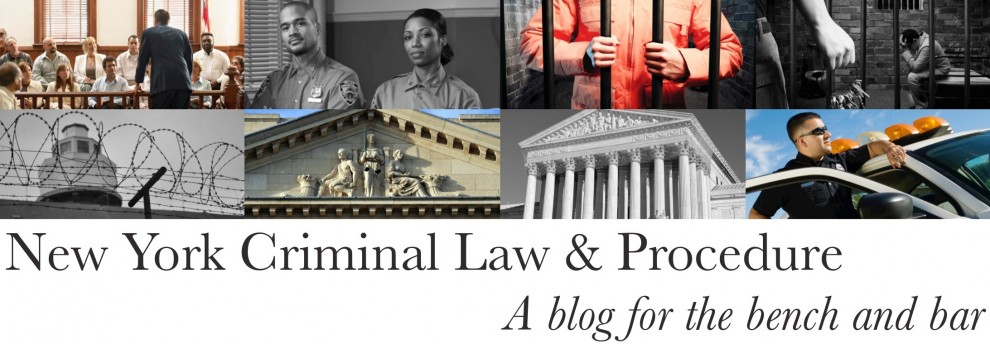Under its factual review power, the Appellate Division sits as a “thirteenth juror” to determine whether the factfinder—the jury or, in a bench trial, the judge—was justified in finding the defendant guilty beyond a reasonable doubt. This assessment does not permit the court to view the evidence in the light most favorable to the People, as is required in a legal sufficiency review. Since the Court of Appeals can only review questions of law, “weight of the evidence” decisions cannot be reviewed by that higher court.
Recently, the Second Department reversed a conviction on weight of the evidence grounds—a rare move. In People v. Herskovic (App. Div. 2d Dept. 10/10/2018), the court reversed the defendant’s conviction for Gang Assault 2º and related charges, which stemmed from a 2013 attack upon the victim by a group of 20 Hasidic Jewish men in Brooklyn. The victim was not able to identify the defendant as one of the attackers. The victim and eyewitnesses also gave conflicting accounts of the attack.
The People relied principally on DNA recovered from the defendant’s sneaker, which one of the attackers had taken off of him and thrown on a roof. However, the DNA sample was small (97.9 picograms, short of the 100.0 picograms needed for a traditional DNA analysis) and was a mixture of two or more individuals’ DNA. A criminologist testified to a procedure that the Office of the Chief Medical Examiner had developed to analyze such small and mixed samples to determine a “likelihood ratio.” However, even with these “tweaked” protocols, the court found the DNA evidence lacking:
The analysis also found that it was 133 times more likely that the DNA sample originated from the defendant and the complainant than from the complainant and an unknown unrelated person. The FST analysis of the DNA was based upon a Caucasian population, and failed to take into account the genetic history of the defendant, a member of the Hasidic population. Moreover, the likelihood ratio result was only 133, a relatively insubstantial number.
Based on the weak testimony and “less than convincing” DNA analysis, the court reversed on the facts. As a result, the defendant may not be retried. For more on this case, see this article from the New York Law Journal (subscription required).


